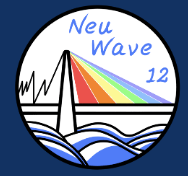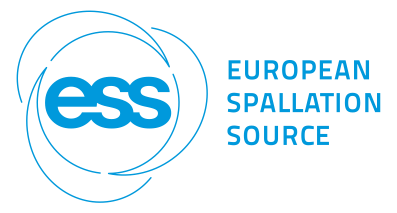Speaker
Description
The Energy-resolved neutron imaging system, RADEN [1], has been constructed in J-PARC MLF in 2014 and started the user operation in 2015, and we will soon celebrate the 10th year from the successful first neutron beam extraction in RADEN. So far, we continued developments on energy-resolved neutron imaging techniques using time-of-flight (TOF) analysis and on the devices related to neutron imaging. Accordingly, now RADEN becomes a unique instrument that can cover Bragg edge, resonance absorption, polarimetry, and grating interferometry imaging techniques with wavelength/energy resolution. Regarding the application, more than half of proposals submitted to RADEN use TOF technique, especially Bragg edge imag-ing, and remaining proposals are mostly special neutron radiography/tomography experi-ments, such as high-resolution imaging and in-situ/in-operando imaging, which are difficult to conduct in other neutron imaging facilities in Japan. Especially, this situation becomes more obvious after the successful operation restart of the Japanese research reactor, JRR-3, in 2021, which was suspended more than 10 years due to fitting the new regulatory standard created after the Great East Japan Earthquake in 2011. Thus, the major neutron imaging facili-ties in Japan are all in operation, and hence, cooperation and distinction among facilities be-came even more pronounced, and by taking advantage of their features, it allows us their ef-ficient use in a wide range of experiments.
Recently a new neutron imaging instrument in MLF was proposed, which views the coupled hydrogen moderator of JSNS to obtain higher neutron flux with moderate wavelength resolu-tion, to compensate RADEN. In addition, because Kyoto University Research Reactor (KUR) is scheduled to be shut down in May 2026 due to the deadline for returning spent fuel to the United States, the Japanese government authorized a project to construct a new research re-actor at the site of the fast breeder reactor ”Monju” in Fukui prefecture to be a base of neu-tron science in western Japan on behalf [2]. We are proposing to install two neutron imaging instruments in this new research reactor each of thermal and cold neutron beams.
In the presentation, we will discuss the current status of RADEN and what we learned through the 10-year operation, in addition, our future prospects on RADEN and Japanese neutron im-aging activity.
References
[1] T. Shinohara, et al., Rev. Sci. Instrum. 91, 043302 (2020)
[2] https://www.jaea.go.jp/04/nrr/en/
| Abstract Topic | Design, construction, and operation of existing and upcoming instrumentation |
|---|

